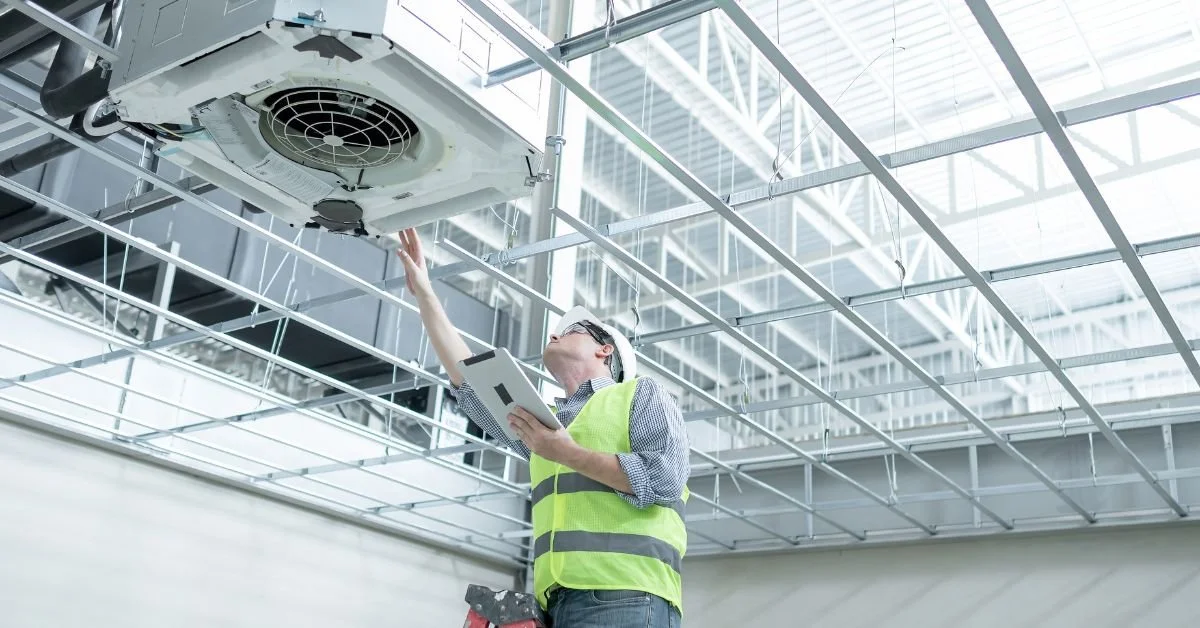What Are the Essential Components of a Secure Business Facility?
Safeguarding a business facility has transcended beyond merely locking doors at night. It's about creating a fortress, both digitally and physically, to protect the lifeblood of the business—its data, people, and assets. But what exactly makes up the armored shield of a secure business environment? This blog post dives into the essential components of a secure business facility, outlining not just the physical barricades against unauthorized entry, but also the digital firewalls that guard against virtual threats. From state-of-the-art surveillance systems to sophisticated cybersecurity protocols, understanding these elements is paramount for any business aiming to fortify its defenses in today's volatile landscape.
Fencing
A physical barrier serves as a business's first line of defense, and in this regard, fencing is not just a boundary but a crucial security asset. High-quality, durable fencing materials can deter intruders from attempting to access the premises. It's not merely about the strength of the materials, though; the design of the fence plays a significant role in its effectiveness. Working with local experts, whether that's a Perth fencing and gates company or New York City security specialists, can help businesses determine the most appropriate fencing design for their location and needs. This includes features like barbed wire, electric fencing, and access control systems that can further strengthen the perimeter's security.
Access Control Systems
Access control systems are mechanisms that ensure only authorized personnel can enter a facility. They range from traditional key-and-lock systems to more advanced biometric technologies such as fingerprint or facial recognition. These systems not only keep unauthorized individuals out but also track who enters and exits the facility, providing valuable data in case of a security breach.
Surveillance Systems
Systems of surveillance are essential for keeping an eye on the property and spotting any dangers. Alarm systems, motion sensors, and CCTV cameras are a few examples of these. With advancements in technology, businesses can now access live feeds from their surveillance systems remotely, giving them greater control over their facility's security even when they are not on-site.
Cybersecurity Protocols
Securing a business facility goes beyond physical barriers. It also involves safeguarding digital assets and information from cyber threats. Hiring a cybersecurity services provider ensures that robust security protocols, such as firewalls, encryption, and regular data backups, are implemented effectively. These professionals can also provide training to educate employees on safe online practices, reducing the risk of cyber attacks and keeping the business secure from evolving threats.
Emergency Response Plan
No matter how fortified a business facility may be, there is always a possibility of emergencies. Having an emergency response plan in place is critical to ensuring the safety of employees and minimizing damage to the facility. This can include procedures for natural disasters, medical emergencies, or security breaches. To enhance the effectiveness of the plan, businesses can utilize a facility maintenance app to track and manage safety equipment, maintenance schedules, and emergency procedures. Regularly practicing and updating this plan can help businesses respond quickly and efficiently in case of an emergency.
Ongoing Maintenance and Evaluation
Ensuring the security of a business facility requires ongoing maintenance and evaluation. This includes regular checks on physical barriers such as fencing, surveillance systems, and access control systems to ensure they are functioning properly. It also involves staying up-to-date with advancements in both physical and digital security measures, such as Zero-Day Threat Protection, and making necessary updates to keep the facility secure.
Overall, a secure business facility combines both physical and digital elements to create a robust defense against potential threats. By understanding and implementing these essential components, businesses can safeguard their premises, data, and employees' safety in an ever-evolving security landscape. So, it's crucial for businesses to continuously evaluate and improve their security protocols to stay one step ahead of potential threats. This includes investing in the latest technologies, working with security experts, and regularly training employees on security best practices. By prioritizing a secure business facility, businesses can protect their most valuable assets and maintain peace of mind for both themselves and their stakeholders.







